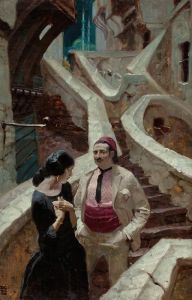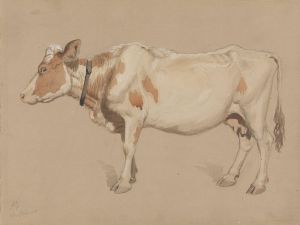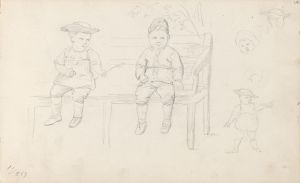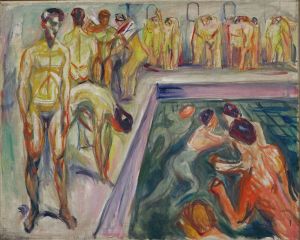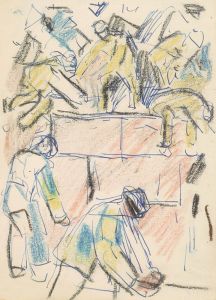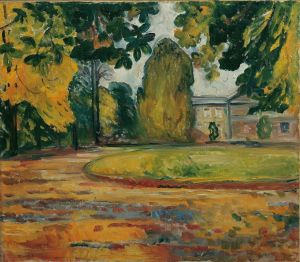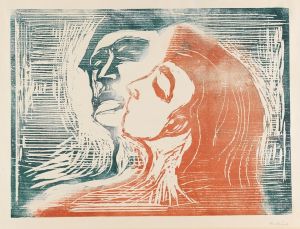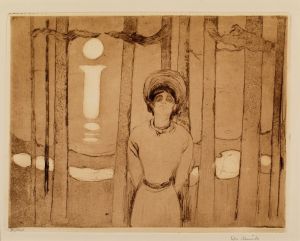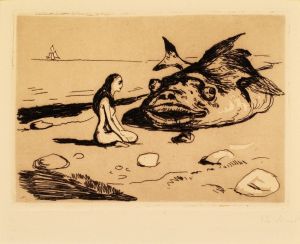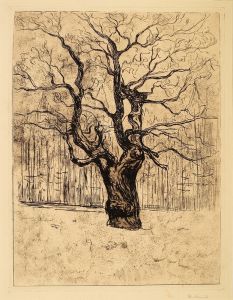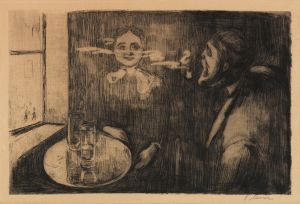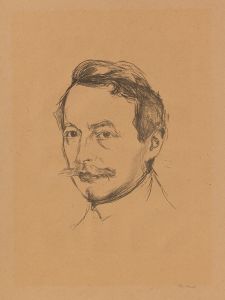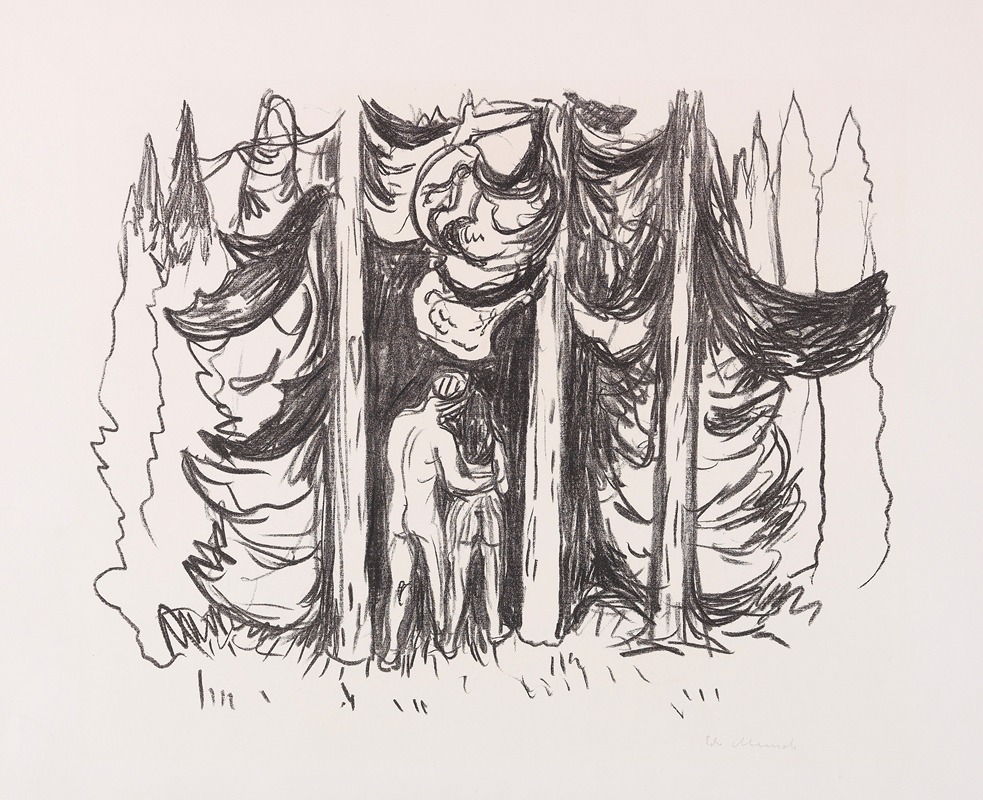
Skogen
A hand-painted replica of Edvard Munch’s masterpiece Skogen, meticulously crafted by professional artists to capture the true essence of the original. Each piece is created with museum-quality canvas and rare mineral pigments, carefully painted by experienced artists with delicate brushstrokes and rich, layered colors to perfectly recreate the texture of the original artwork. Unlike machine-printed reproductions, this hand-painted version brings the painting to life, infused with the artist’s emotions and skill in every stroke. Whether for personal collection or home decoration, it instantly elevates the artistic atmosphere of any space.
Edvard Munch, a Norwegian painter and printmaker, is renowned for his evocative and emotional works that often explore themes of existentialism and human psychology. While Munch is best known for his iconic painting "The Scream," he produced a vast array of other works throughout his career, including landscapes, portraits, and symbolic compositions. One of his lesser-known works is "Skogen," which translates to "The Forest" in English.
"Skogen" is a painting that reflects Munch's deep connection to nature and his ability to convey mood and emotion through his depiction of the natural world. Although specific details about the painting "Skogen" are scarce, Munch's approach to landscapes often involved a synthesis of natural elements with emotional and psychological undertones. His landscapes are not mere representations of nature but are imbued with a sense of mystery and introspection.
Munch's work during the late 19th and early 20th centuries was heavily influenced by Symbolism and the broader movement of Expressionism, which sought to depict subjective emotions and experiences rather than objective reality. This influence is evident in his treatment of landscapes, where he often used bold colors, dynamic compositions, and expressive brushwork to evoke a particular atmosphere or emotional state.
In "Skogen," as in many of his other landscape works, Munch likely employed a palette that emphasized contrast and mood. His use of color was not just to replicate the natural world but to express the inner feelings and psychological states of his subjects or himself. The forest, a recurring motif in Munch's oeuvre, often symbolizes a place of refuge, mystery, or even existential contemplation.
Munch's landscapes, including "Skogen," can be seen as a reflection of his personal experiences and the broader existential themes that permeated his work. The forest, with its dense trees and shadowy depths, might represent the complexities of the human psyche or the unknown aspects of life and death. Munch's ability to capture these themes in his art has contributed to his lasting impact on modern art and his reputation as a pioneer of Expressionism.
Throughout his career, Munch's work was shaped by his personal struggles, including his battles with anxiety and depression, as well as his philosophical inquiries into the nature of existence. These elements often found their way into his art, making his landscapes more than just depictions of nature but rather explorations of the human condition.
While "Skogen" may not be as widely recognized as some of Munch's other works, it nonetheless exemplifies his skill in using the natural world as a canvas for exploring deeper emotional and psychological themes. Munch's legacy as an artist lies in his ability to transcend traditional boundaries and create works that continue to resonate with audiences today, inviting viewers to ponder the complexities of life, nature, and the human experience.





